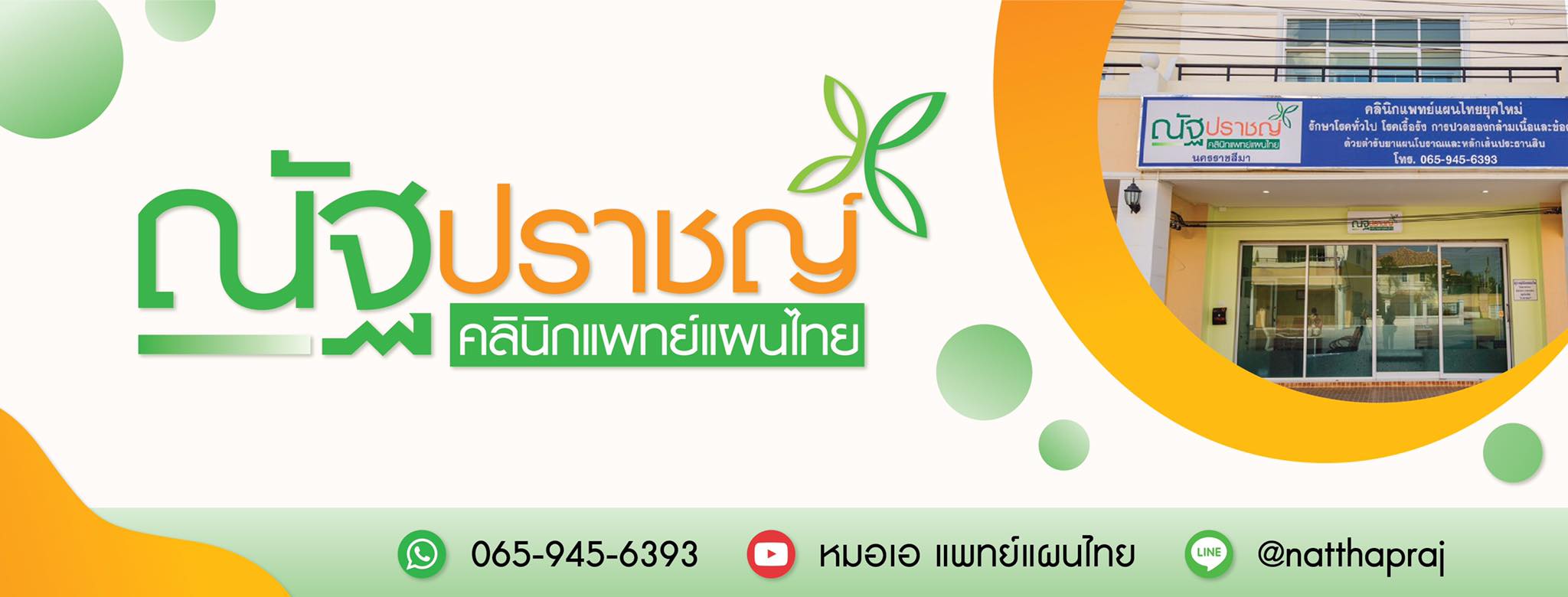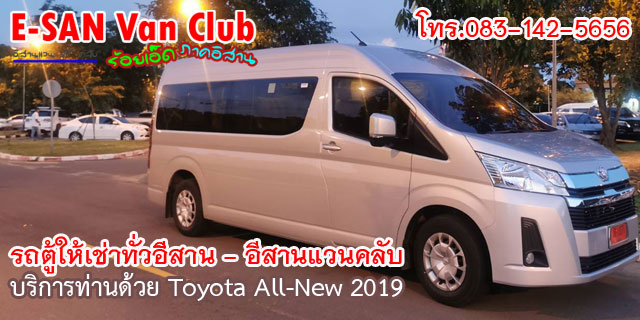History
Archeological evidence suggests that there were two ancient towns that later became named Sema and Nakhon Raj which currently are in Sung Noen district, 32 km west of present-day Nakhonratchasima (Korat). Probably, prior to the fourteenth century, the area of Nakhon Ratchasima was under the Khmer empire 's sphere of influence (known in Khmer as Nokor Reach Seyma/Nokor Reach Borei and Koreach) while another town to the north, Phimai, was likely more important.
From 1656-1688 King Narai of the Ayutthaya Kingdom ordered a 'new' Korat to be built, to guard Ayutthaya 's northeastern frontier. Nakhon Ratchasima from then on was mentioned in the chronicles of old Ayutthaya's and its legal documents as a 'second - class' city of the kingdom. Its governor was named and ruled the city as a 'dynasty'. Nakhon Ratchasima engaged directly in Ayutthaya's internal struggle.
From the beginning of Bangkok period, Nakhon Ratchasima became the kingdom's biggest northeastern frontier's stronghold, supervising the Kingdom's Laotian and Khmer 'vassals'.
The city was attacked by Anouvong, the King of Vientiane, in 1826 in an attempt to halt growing Siamese domination of Laos. A prominent figure of this time was Thao Suranaree, a local heroine who has been honored with a statue in the center of downtown Korat; she is credited with having freed the city from Anouvong's army.
The old, walled town of Korat east of the Thao Suranaree monument was designed and built by a French engineer who is believed to be the one who also built Naraimaharaj Palace in Lopburi. The French-based design is reflected in the moat system that surrounds the innermost portion of the city.
Nakhon Ratchasima continued to be an important political and economic center in the northeastern region even after the administrative reform in the late nineteenth century. The first railroad to the northeastern region, Isan, arrived in the early twentieth century. Nakhon Ratchasima then became the main junction of railway in the region.
In October 1933, after the 1932 Revolution had ended the absolute monarchy, the city became the headquarters of the Boworadej Revolt, an abortive uprising against the new government in Bangkok.
During the Vietnam War, Nakhon Ratchasima was home to United States military bases.
Transportation
Nakhon Ratchasima is connected with the northeastern railway line, connecting Bangkok with Ubon Ratchathani and Nong Khai. Also passing the city is Mittraphap Road (Thailand Route 2). 26 km east of the city is the Nakhon Ratchasima Airport.
As of 30 November 2006, the airport does not handle passenger traffic, and shipping has not been seen as a major commercial possibility. Passenger service has been attempted many times with financial failure (charges were as low as 99 baht to fly to Bangkok), authorities are still discussing ways to make the over 400 million baht investment several years ago a paying venture.
![]() In Korat, you can feel comfortable with many kind of bus and tuk-tuk. The traffic does not like Bangkok, we can walk around in downtown without risk.
In Korat, you can feel comfortable with many kind of bus and tuk-tuk. The traffic does not like Bangkok, we can walk around in downtown without risk.
Major Points of Interest
* Korat Royal Thai Air Force Base was used by the United States Air Force during the Vietnam War. It is located some 8 km south of the city.
* Korat Zoo - The zoo is first-class and worth the visit (by personal account). Admission fee: 50B for Thais, 100B for foreign tourists. The zoo is located about 13 km south of the city of Nakhon Ratchasima on highway 304 and the new water park korat is in around the northeast.
* Thao Suranaree Monument - This is currently under major renovation. Lady Mo statue itself is in place, and vendors providing flowers and incense, etc., are currently nearby in makeshift stalls.
* Wat Salaloi
* His Majesty the King's 80th Birthday Anniversary, 5th December 2007 Sports Complex is a multi-use stadium in Nakhon Ratchasima, Thailand, that was completed in 2007. It was used for track & field events, football matches and hosted the opening and closing ceremonies for the 2007 Southeast Asian Games. In 2008, Nakhon Ratchasima FC, the city's only football team, moved in to the stadium.
Korat has becoming increasingly attractive to foreigners over the last five years, with growing numbers from mostly North America and Europe moving to the province. Still rustic, with cheap housing and land prices, the province is located only three hours' drive from Bangkok, (by bus or train) and as its Gateway to the Northeast moniker suggests, Korat connects the other 18 NE Thailand provinces with the central region by rail and highway.
์NIGHT IN KORAT
-coming soon-





